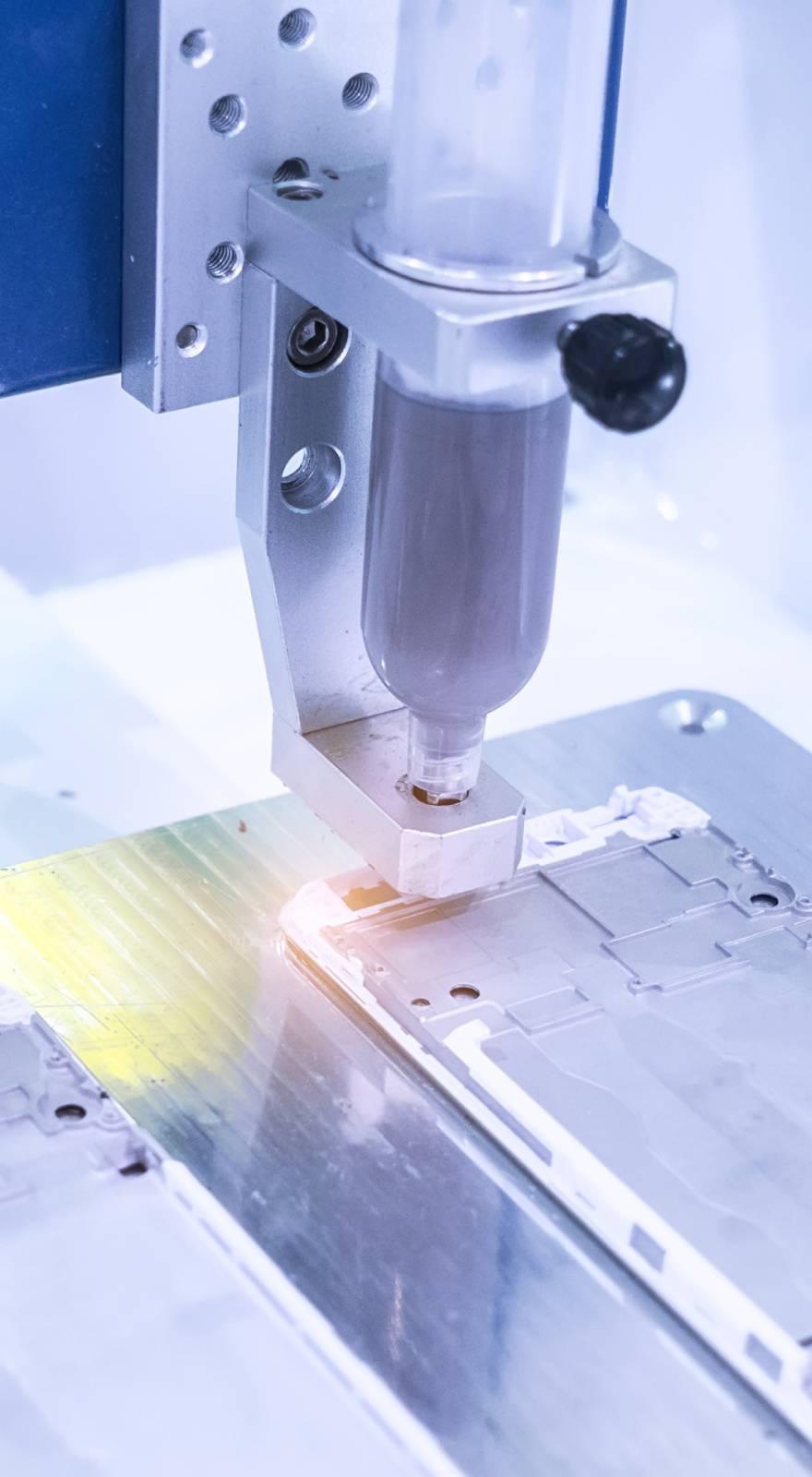Knowde Enhanced TDS
Identification & Functionality
- Chemical Family
- CASE Ingredients Functions
- Technologies
- Product Families
Features & Benefits
- Labeling Claims
- CASE Ingredients Features
- Technical Characteristics
Foamjet F is a two-component polyurethane expanding resin, self-extinguishing for injections.
Foamjet F component A and component B must be mixed in the ratio 1 : 1 by volume, using an adequate pump: the two components reaction leads to a great resistance polyurethane foam.
Foamjet F can penetrate through cracks only some one hundred microns wide and seals the cracks even if they are subject to water infiltrations. At the end of the setting time, between 3 and 5 minutes, depending on the temperature, Foamjet F becomes completely waterproof and ensures an adequate consolidation to the treated structure. In certain conditions, when the product needs to react more quickly than normal after mixing components A and B, add 0.5-2.5% of Foamjet AKS to component A, depending on the conditions in the area where the work is being carried out.
Foamjet F is CFC-free.
Applications & Uses
- Applications
- Adhesive & Sealant Type
- Where to Use
- Consolidating rock subject to water ingress.
- Consolidating water-saturated ground.
- Waterproofing concrete structures and cracked walls subject to water ingress, also under pressure.
- Repair of concrete structures or cracked walls also in the presence of water ingress or saturated with humidity.
- Some Application Examples
- Waterproofing tunnels subject to water ingress through possible cracks or in fissures between keystones.
- Waterproofing shafts or hydraulic structures that manifest water leakage through working joints or cracks.
- Repairing cracks in dams, channels and bulkheads when permanently immersed in water.
- Sealing cracks in floorings or slabs that are damp or saturated with water.
- Recommendations
Although Foamjet F is also suitable for structural consolidation of cracked concrete not subject to water infiltration or high humidity during injection of the product, it is recommended, when rapid hardening is not required, to substitute Foamjet F with Epojet fluid epoxy resin.
Component A and component B must be shaken well before use in order to re-homogenize any settled admixtures. Component B (isocyanate-based) suffers high humidity condition, therefore we suggest opening before the application and, in case of humid environment, please use the whole content. Component A may suffer from significant increase in viscosity if stored at low temperatures.
Temperature influences the hardening time of Foamjet F; temperatures lower than +15°C lengthen the setting time. It is therefore recommended to seek information from our Technical Services Department before injection takes place in structures that are subject to high-pressure water ingress.
- Directions for Use
Positioning the injectors
Make off-set holes on the sides of the cracks. The size of the holes should fit the diameter of the injectors that will be used. Expansion injectors with a non-return valve can be easily fixed by self-tapping completely to the walls of the hole. If there is no water ingress, normal copper, steel or PVC tubes with a diameter of approximately 10 mm can be used and can be fixed with Adesilex PG1.
Preparing and injecting the product
The two components that make up Foamjet F must be mixed together with a special pump for two-component resins.
In order to carry out injection, Foamjet F component A and Foamjet F component B, in the ratio 1 : 1 by volume, must be separately conveyed through the pump and into the nozzle previously placed on the injector and mixed with a worm screw placed within the nozzle.
After mixing, Foamjet F must be injected continuously through the crack. Foamjet F always hardens, with or without water. While the components are mixed, Foamjet F increases in volume and becomes a polyurethane foam that seals the cracks, hence blocking infiltrations.
Consolidating ground and rock
The product is prepared with the same pump for two-component resins used for injecting in the cracks. in volume; the following resin that is pumped into the ground and the rock, pushes the porous material in the most internal layer. Following this phenomenon, a polyurethane waterproof layer of different thickness is formed, which permanently consolidates the injected material.
Cleaning
Clean injection equipment (pump and tubes) with mineral oil free of water and impurities after use.
- Consumption
If the reaction takes place in free expansion, 1 liter of product produces 20 liters of foam. If the reaction is affected in a confined space, consumption depends on the degree of confinement.
Properties
- Physical Form
- Typical Properties
| Value | Units | Test Method / Conditions | |
| Density (+23°C) | 1.1 | g/cm3 | EN 2811-1 |
| Consistency | Liquid | — | — |
| Viscosity (rotor 2 - 20 revs) | 310 ± 62 | mPa•s | UNI EN 3219 |
| Foaming Factor | app. 20 times the initial volume | — | — |
| Reaction Start | max. 10 | minutes | — |
| Time Required to Harden | 3 - 5 | minutes | — |
Safety & Health
- Safety Instructions for the Preparation and Application
When the product reacts it generates considerable heat. After mixing components A and B, we recommend applying the product as soon as possible and never leaving the container unattended until it is completely empty.
Packaging & Availability
- Packaging Type
- Packaging
- 5 kg kit (component A = 4 kg - component B = 1 kg)
- 2.5 kg kit (component A = 2 kg - component B = 0.5 kg).
Storage & Handling
- Storage
Foamjet F can be stored for maximum 1 year in a covered and dry place in its original sealed containers and at temperatures between +10°C and +30°C.

